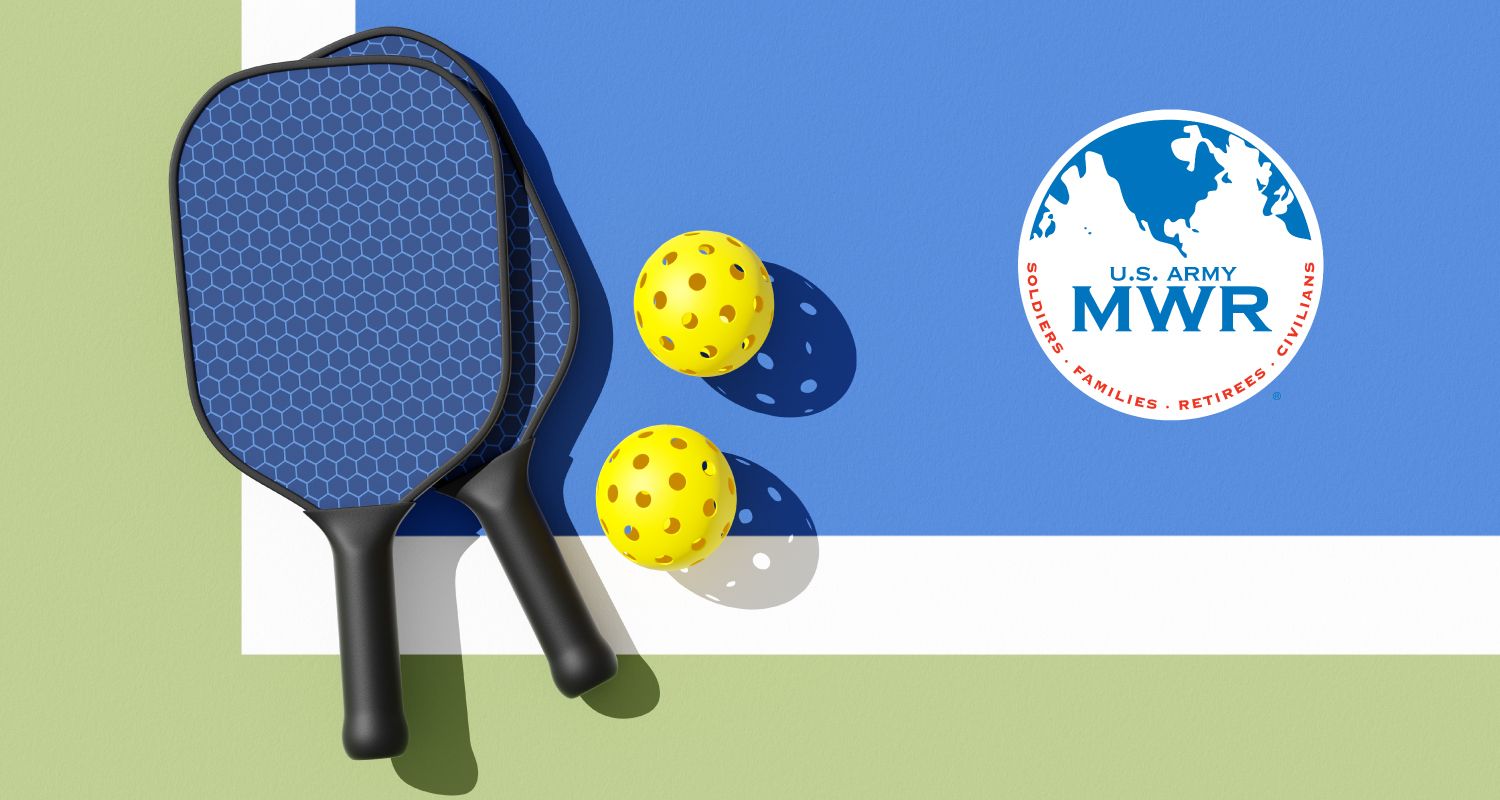- Try to guess what those around you are thinking or doing.
- Watch for odd behavior or anything out of place.
- Determine a place of safety if cover is needed.
- Located the closest exits (at least two).
- Be aware of anyone taking an unusual interest in or following you.
- Remove yourself from immediate danger – get off the X.
- Take a few seconds to assess the situation.
- Make a self-assessment, including checking for your own injuries and what clothing, food, water, and equipment you have available.
- Use the Rule of Three – Come up with (only) three options, determine pros and cons, weigh factors (ex: risk), then, without second guessing, choose the one your gut says is best.
- Live or die. Pull the trigger! This is your mission!
- http://www.huffingtonpost.com/linda-durnell/train-your-brain-using-th_b_5527152.html
- http://www.military.com/special-operations/seal-training-mental-preparation.html
- https://www.amazon.com/SEAL-Survival-Guide-Surviving-Disaster-ebook/dp/B008J2AIPS#reader_B008J2AIPS
- https://books.google.com/books?id=YdE5K1wsYsAC&pg=PA20&lpg=PA20
- https://books.google.com/books?id=p7GB3DiM0kAC&pg=PA23&source=gbs_toc_r&cad=3#v=onepage&q&f=false
- Amazon – https://www.amazon.com/SEAL-Survival-Guide-Surviving-Disaster/dp/1451690290/ref=sr_1_1
- Barnes & Noble – http://www.barnesandnoble.com/w/seal-survival-guide-cade-courtley/1111823988?ean=978145169029
Written by Jenifer Chrisman on February 27, 2017.
"I will never quit. I persevere and thrive on adversity... If knocked down, I will get back up, every time."
– The U.S. Navy Seals
Although the brain is not considered a muscle, new psychology studies show that training the brain like a muscle can have a profound effect. Such training not only cultivates a desire to learn, but has been found to make people more persistent and resilient.
The U.S. Navy SEALs use this mental-preparedness to recondition the brain to form a learned mental toughness to combat fear, stress and panic.
According to survivalist and former Navy Seal, Cade Courtley, author of SEAL SURVIVAL GUIDE: A Navy SEAL’s Secrets to Surviving Any Disaster, mental preparation breaks down into several key components:
Emergency Conditioning (also known as battle-proofing or battle inoculation by the military) can deceive the brain into believing it has already experienced an event or situation. This technique uses visualization exercises to condition the mind by imagining survival scenarios in vivid detail. Tapping into these “visualized” experiences when confronted with a similar, real-life situation reduces the fear and stress the brain would feel without that conditioning.
Visualization – make a mental movie.
Rehearsal – mentally and physically rehearse.
Muscle Memory – practice, mentally and physically, until it can be done without thought.
Create a Trigger – This requires in-depth soul searching to find the single, most important thing to each individual; then creating an extremely vivid mental image of it. Whether a person or aspiration, this trigger is the one thing that will ensure a desire to live, not matter what is thrown in the path. In the words of Cade Courtley, “I will live and endure anything for this.” To ensure effectiveness, a trigger should only be used in true life or death situations. And remain vigilant, as priorities change over time, so too can the trigger.
Violence of Action – totally commit.
Situational Awareness – identify, process and comprehend the situation. Be aware of the level of awareness needed in different environments, home, the mall, airport, foreign country, etc.
Situational Awareness Checklist:
Composure Under Pressure – remain calm.
Combat Breathing – inhale for four seconds, then exhale for four seconds. This helps clear the mind, decrease heart rate and regulates oxygen and carbon dioxide levels.
For those who have mastered these techniques, reducing actions to a checklist helps handle dangerous or deadly situations. These checklists can cover a wide range of planning.
Immediate Actions Checklists (example from book):
For those facing both planned and unplanned extreme environmental situations, mental toughness programs are a necessity. Such specialized training allows for quick adaption, impulse control and a way to manage whatever is thrown into their path.
Sources:
Note: The SEAL SURVIVAL GUIDE: A Navy SEAL’s Secrets to Surviving Any Disaster, by Cade Courtley, can be purchased in paper or eBook format:




